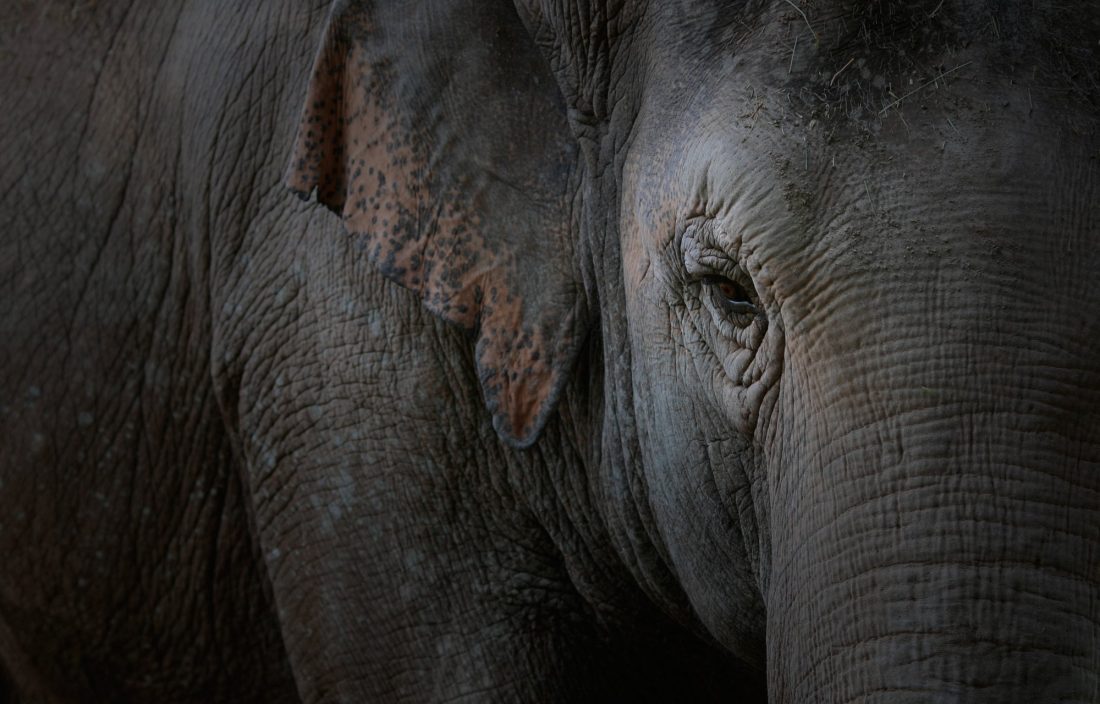
Elephant evolution
The largest of all land beasts, elephants are thundering, trumpeting six-tonne monuments to the wonder of evolution. From the tip of that distinctive trunk with its 100,000 dextrous muscles; to their outsize ears that flap the heat away; to the complex matriarchal societies and the mourning of their dead; to the points of their ivory tusks, designed to defend, but ultimately the cause of their ruin.
African and Asian elephants are more closely related to the woolly mammoth than to each other. The ears are said to be a geographical guide. In Asia, elephants have smaller India-shaped ears. While in Africa their huge ears are the shape of the whole continent.
Asian elephants used to roam from the coast of Persia through India and southeast Asia and deep into China. In Africa, they could be found in almost every habitat from the shores of the Mediterranean to the Cape of Good Hope. Most common in the savannahs, elephants still inhabit a wide variety of landscapes. They can be found in the Saharan and Namibian deserts and the rainforests of Rwanda and Borneo. But their range has shrunk and they are now extinct in the Middle East, on the Indonesian island of Java, northern Africa and most of China. Almost everywhere, these great nomads are restricted to ever-decreasing pockets of land.
Read more here

